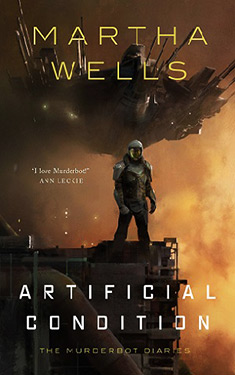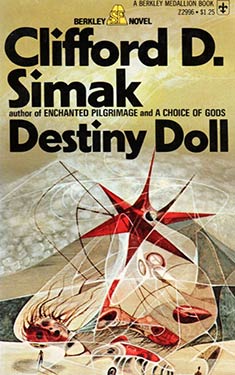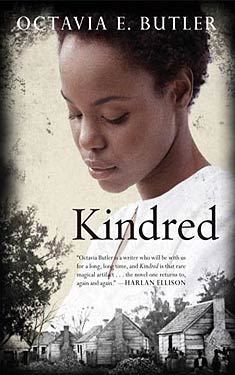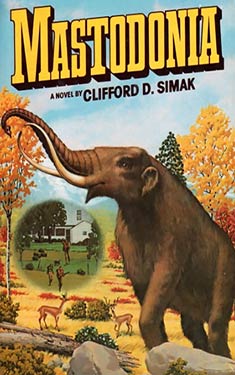CL Polk
Completed 4/27/2021, Reviewed 4/28/2021
5 stars
This was a fantastic end to a really great series. It dealt with the freeing of the witch slaves and the attempt to transform a monarchy into a democracy. It was a lot of politics, but I thought it was evenly spread throughout the book and mixed well with all the subplots. The most interesting subplot was the re-establishment of the relationship between the main character with her non-binary spouse who had been enslaved for witchcraft for twenty years. The book covered a lot of issues, but succeeded in making it entertaining, riveting, and a satisfying conclusion to the series.
As with all series, the plot summary of this one has spoilers of the previous books, so be forewarned.
The story follows Robin Thorpe, who appeared in the previous two books, Witchmark and Stormsong. She’s a nurse who is secretly a witch who can call to and speak with the dead. She’s heavily involved with the resistance movement, trying to push the monarchy to free the witches who’ve been held as slaves making aether out of the souls of the dead and to get the government to represent all the people, not just the wealthy land and business owners. She’s tapped by Grace, the Chancellor and main character from the last book, to help her work from within the government. Robin accepts, but then declines when she’s asked to become the leader of the resistance when its leader is assassinated. When the witches are freed from the asylums, she finds her long lost love Zelind, who has been enslaved for two decades. Zelind is non-binary and uses the pronouns khe and kher. But their road to normalcy is difficult as khe tries to readjust which includes loving someone who’s become a self-sufficient uber-involved political leader.
There’s a lot going on in this book. There’s a lot of politics, but I thought it was done better than in the last book, mostly because of the introduction of Zelind as the main character’s spouse earlier in the book. It mixed the personal with the political in a much better told story. I thought it was also nice that it was an existing relationship rather than a new one, filled with struggle and heartbreak as Zelind and Robin feel each other out after twenty years apart. I thought it was very realistically done, without the traps of a mushy, saccharine reunion. I really liked Zelind and could empathize with the struggles khe was going through.
I also really liked Robin. She was just a rather abrasive secondary character in the first two books, but as the narrator of this book, really developed into a well fleshed-out main character. I was tied up in the heartbreak with her relationship as well as with the struggles with the democracy movement, including her own conflict over being a public person versus a behind-the-scenes organizer.
In some ways, the book was difficult to read. There is so much adversity thrown at Robin and the democracy movement that I felt like I wouldn’t be able to bear one more thing. But her convictions saw her through her despair. She didn’t always feel like a powerful person, but she overcomes so much with the help of Zelind, Grace, Miles, and Tristan, as well as her clan members, the newly freed witches and the ghosts with whom she can communicate.
I give this book five stars out of five. I was completely emotionally involved with it from the beginning. I was prepared for the different narrator this time, so I was able to connect with Robin without being resentful about losing Grace as narrator. I also felt extremely satisfied with the ending and simultaneously so sad that the series ended. Like the first book, I didn’t want to put this one down, and finished it in two days. I am so looking forward to her next book which has been nominated for a Nebula.








